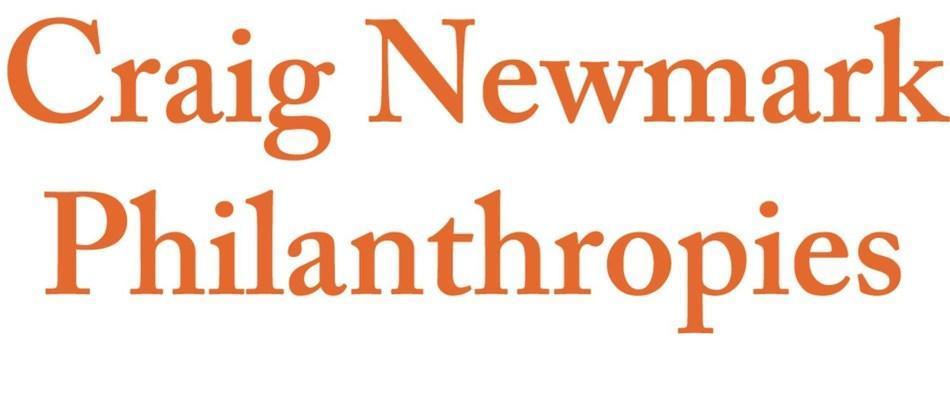There has been significant attention to the role of certain large content-curators (Facebook, Twitter, YouTube, Tiktok) in addressing hateful and other harmful speech online. Meanwhile, much less attention has been payed to the range of other actors in the Internet stack – all of whom have varying degree of power to cut off or deny key services to undesirable actors in the system. This was laid bare when, in the wake of the El Paso shooting, Cloudflare stopped providing services to 8chan, the messaging service that was used to disseminate the shooters’ manifesto – thus essentially forcing the site temporarily off-line. This follows on Cloudflare’s earlier decision, a few years prior, to cut off services to The Daily Stormer, a self-proclaimed neo-Nazi, white supremacist groups. And in 2010, web hosts and payment processors joined forces to temporarily force Wikileaks offline, in the wake of U.S. government pressure after the publication of a stash of stolen U.S. Department of Defense documents.
These are hard choices to make: At what point and according to what standards should companies deny services to individuals, entities, or sites? What are the follow-on consequences of doing so? What kind of process should be put in place for both making these decisions and for educating and informing users? And what are the full range of tools and levers that can be used to respond to harmful content online? These are the key questions that this project will analyze and answer.
Conversations with a range of companies indicate that players across the Internet ecosystem are actively struggling with these questions. This project will bring together disparate actors in this space, help to develop common guiding principles, and educate both the general public and policy makers alike about the roles and responsibilities of the players up and down the Internet stack in identifying and responding to harmful content online—including a robust assessment of the speech, privacy, and security-related considerations at the varying layers of the stack.








